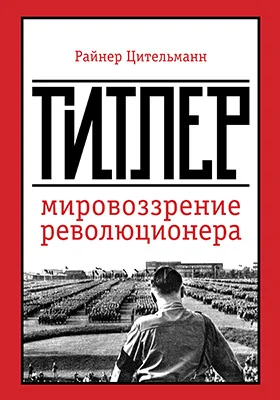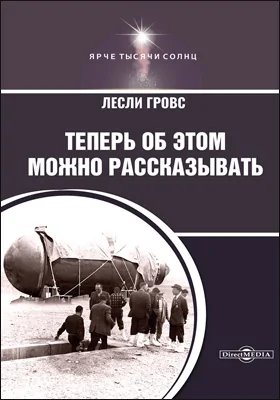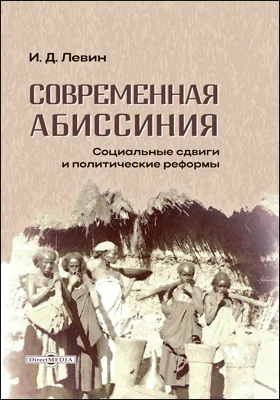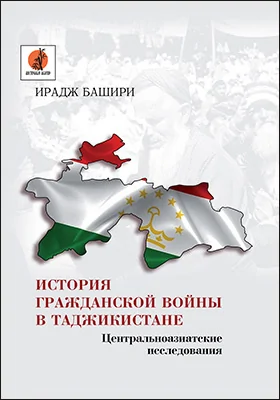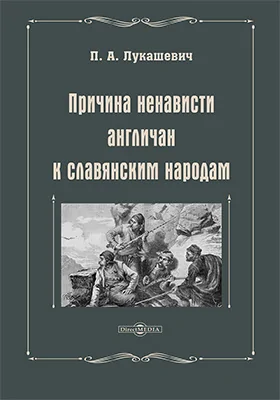Belarus: pages of history = Беларусь: страницы истории
Здесь можно купить книгу "Belarus: pages of history = Беларусь: страницы истории" в печатном или электронном виде. Также, Вы можете прочесть аннотацию, цитаты и содержание, ознакомиться и оставить отзывы (комментарии) об этой книге.
ISBN: 978-985-08-2272-7
Страниц: 409
Артикул: 55051
Возрастная маркировка: 12+
Краткая аннотация книги "Belarus: pages of history"
The book describes the history of Belarus starting from the ancient times till present days, the place, role, contribution and achievements of the Belarusian nation within the European civilization based on the most updated conceptual and methodological approaches to history as well as the public national ideology of the Republic of Belarus. The book aims at a wide audience and all those people interested in the Belarusian history.
Содержание книги "Belarus: pages of history "
PREFACE
ORIGINS OF THE BELARUSIAN NATION
Primitive Society
Baltic Tribes and Slavs
Settling of the Slavic tribal communities in territory of Belarus
The Belarusian nationality
Origins of the name ‘Belaya Rus’ (Bielaja Rus)
BELARUSIAN LANDS IN THE 11TH – 13TH CENTURIES
Kievan Rus in history of the Belarusian lands
Polotsk (Polack) Principality
Turov (Turau) Principality
Areas and principalities of Belarusian Neman (Nieman) and Sozh (Soz) river regions
Social Institutes
Formation of landowners’ units
Economic Development
Sources of national culture formation
Pagan religion
Christianisation
PART OF THE GREAT DUCHY OF LITHUANIA AND RZECZPOSPOLITA (2ND HALF OF THE 13TH – 18TH CENTURIES)
Belarusian lands in the Great Duchy of Lithuania
Struggle against Mongol-Tatars and attacks by the Crimean Tatars
Struggle against crusaders. Gryunvald (Grunwald) battle
GDL Authorities
Lyublin Union of 1569
Military confrontation with Moscow state
Great Northern war
Partitions of Rzeczpospolita
Class Structure of Society
Agriculture. Agrarian reforms
City settlements. The Magdeburg right of Belarusian towns and cities
Craft manufacturing. Votchina manufactures
Trade
Culture in the 2nd half of the 13th – 16th centuries
Culture in the 17th – 18th centuries
Language of the Belarusian people
Education system formation
Science
Spiritual and religious life
PART OF THE RUSSIAN EMPIRE
Change in social structure
Political Situation at the End of the18th – the 1st third of the 19th century
The War of 1812
The revolt of 1830 – 1831 and change in policy of the imperial government
The revolt of 1863 – 1864
Natives of Belarus in Russian-Turkish War of 1877 – 1878
Public movements and political parties
Revolution of 1905 – 1907
Public life in political reaction context
The First World war (WWI) events in the territory of Belarus in 1914 – 1916
February revolution of 1917 and the situation in the Russian-German front in Belarus
The agriculture in the 1st half of the 19th century
Industry and trade in the 1st half of the 19th century
Serf emancipation. Agricultural production growth
Formation of the capitalist structure of economy and society
Culture development
Education system
Scientific research
Situation with faiths
BELARUS DURING THE SOVIET PERIOD
Idea of Belarusian statehood at the beginning of the 20th Century
October revolution of 1917 and the First World war end
Proclamation of the BPR
Creation of SSRB
Formation of the Lithuanian-Belarusian Soviet Socialist Republic
The Polish-Soviet War of 1919 – 1920
The second SSRB declaration
The western region of Belarus annexed by Poland (1921 – 1939)
The Belarusian Soviet Socialist Republic in 1921 – 1926
Constitutionalisation of the Belarusian statehood
Political system of the Soviet Belarus in the 1920-ies. The Belarusisation policy
Political system of the BSSR in the 1930 – 1980-ies
Belarus in the Second World war (WWII) and the Great Patriotic war
Foreign policy activities in the BSSR till 1991
On the historical way to the Republic of Belarus
Social and economic transformations within the interwar period
Economy and people’s financial position in the 1940 – 1980-ies
Chernobyl (Carnobyl) disaster and Belarus
Culture of the Soviet Belarus
Education system development
Science in the BSSR
Religions in the Soviet Belarus
THE REPUBLIC OF BELARUS
Public Policy Changes in the late 20th – early 21th centuries
Presidency institute
Foreign policy
Economic and social situation in the first half of the 90-ies in the 20th century
Economic reforms
Social and economic achievements
The Belarusian model of social policy
The population
Overcoming consequences of the Chernobyl nuclear power plant accident
Health system
Culture
Physical training. Sports. Tourism
National education system
Science
Faiths
CONCLUSION
Все отзывы о книге Belarus: pages of history
Отрывок из книги Belarus: pages of history
21ORigiNs OF tHE BElARusiAN NAtiONof the 15th century the concept “Be-laya Rus” (White Rus) (geographi-cally and ethnically) was associated with the lands of Polotsk (Polack) area, which were parts of the Great Duchy of Lithuania. In the 1st half of the 16th century the Polish histo-rian M. Kromer in his works “His-tory of Poles” (1555) and “Poland” (1575) was the first to use the term “Belaya Rus” (Bielaja Ruś) only re-lated to the territory of modern Belarus. Then M. Stryjkovsky in his “Chronicle” (1582) was one of the first to introduce a scientific eth-nonym “Belarusians” in the meaning close to the contemporary one. After signing the Lublin (1569) and especially the Brest (1596) Uniate agreements the part of the po-pulation residing in Vitebsk (Viciebsk) and Mogilev (Mahilioŭ) re-gions loyal to Orthodoxy, began to call themselves “Belorustsy”, “Bela rusians”. In the official documents of the 17th century such terms and concepts as “the Belarusian Orthodox Diocese”, “a Be-larusian bishop”.For the first time these terms and concepts were noted in 1623 in the documents of Warsaw Sejm, then in 1675 – in legal acts by King Jan Sobessky, fixed in articles of the “Eternal Peace” signed in 1686 by Rzeczpospolita and Russia. The terms “Belarusians” and “Belarus” got their official international political and legal status at the end of the 18th – the beginning of the 19th centuries. In 1796 Catherine II united Polotsk (Polack) and Mogilev (Mahilioŭ) pro-vinces into one province area with the capital in Vitebsk (Viciebsk); this province – the only one in Russia – had the national and ethnic identity because it got the name “Byelorusskaya”. By the end of the 19th – to the beginning of the 20th centuries the term “Bela rus” included Vitebsk (Viciebsk), Mogilev (Mahilioŭ), Minsk, Grodno (Hrodna), Vilnya (Vilnia) provinces of Russia, where mostly Bela-rusians lived. After the terms “Belarusians”, “Belarus” b...


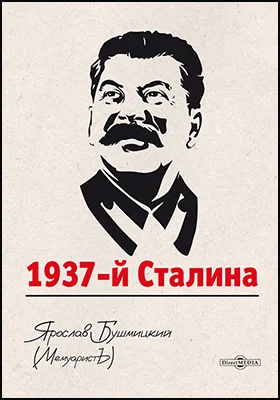
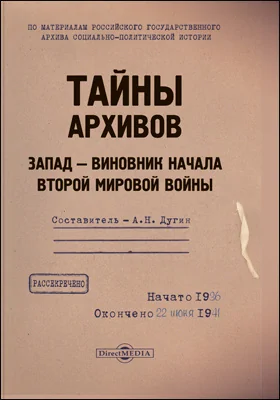

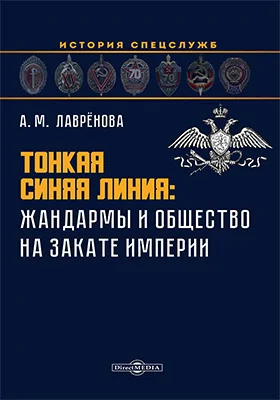
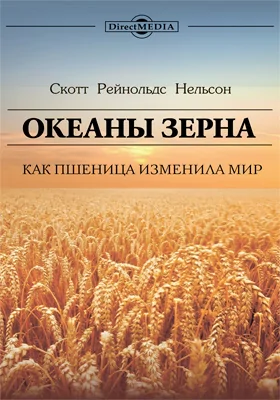
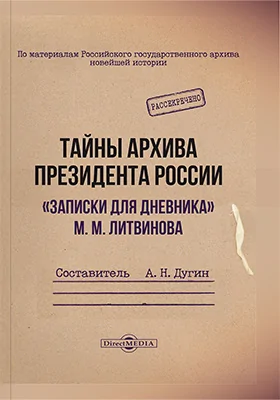
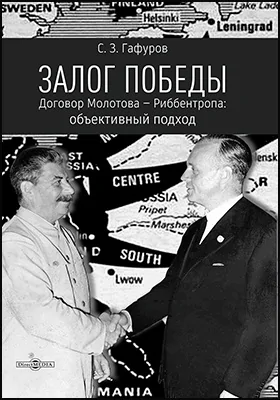
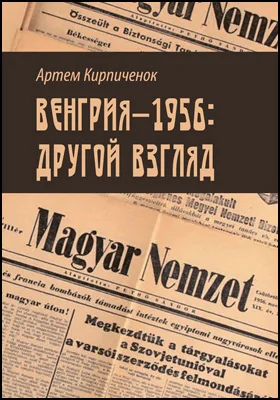

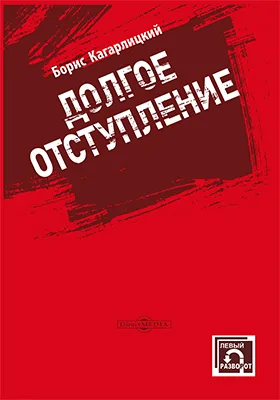

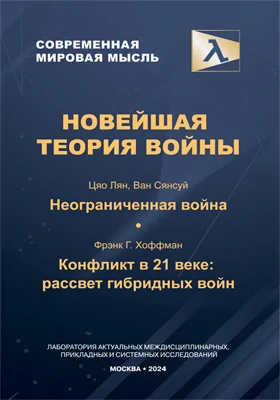
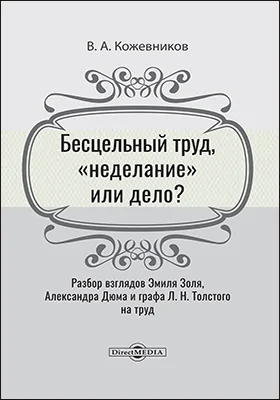

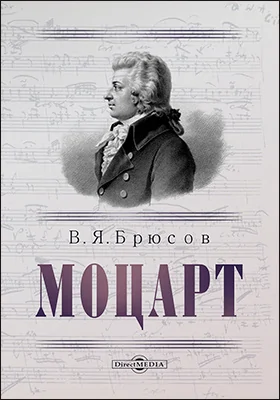
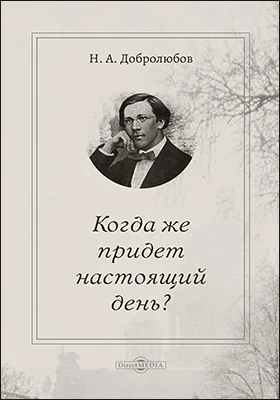

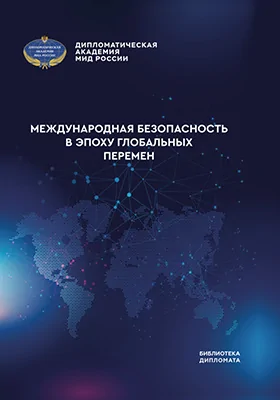
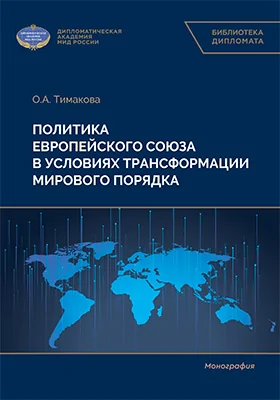
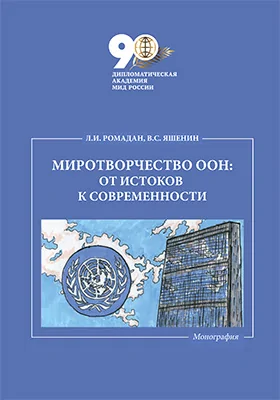

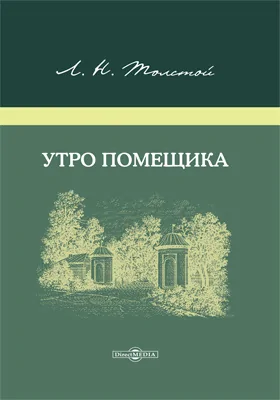
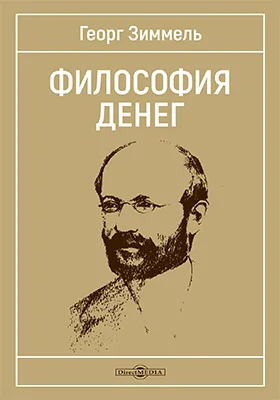
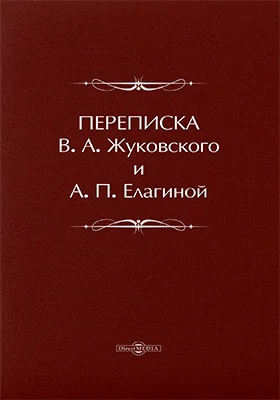
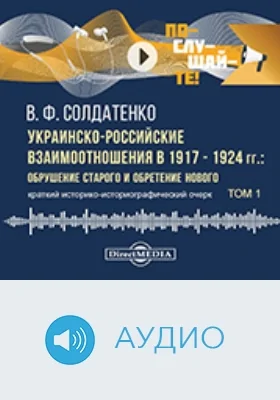
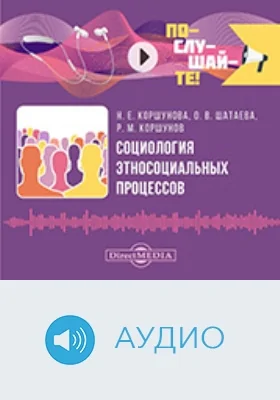
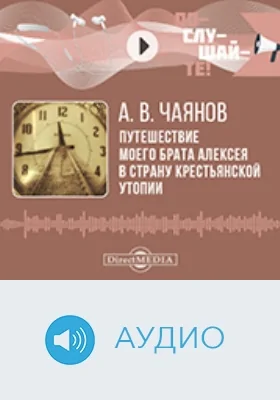



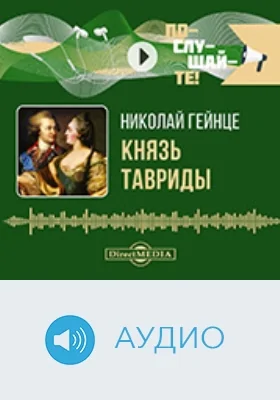
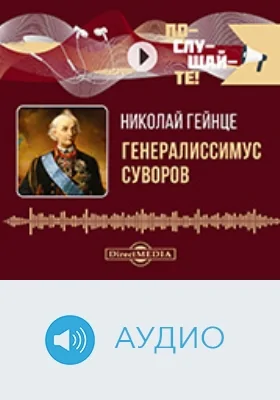





Внимание!
При обнаружении неточностей или ошибок в описании книги "Belarus: pages of history = Беларусь: страницы истории (автор )", просим Вас отправить сообщение на почту help@directmedia.ru. Благодарим!
и мы свяжемся с вами в течение 15 минут
за оставленную заявку


